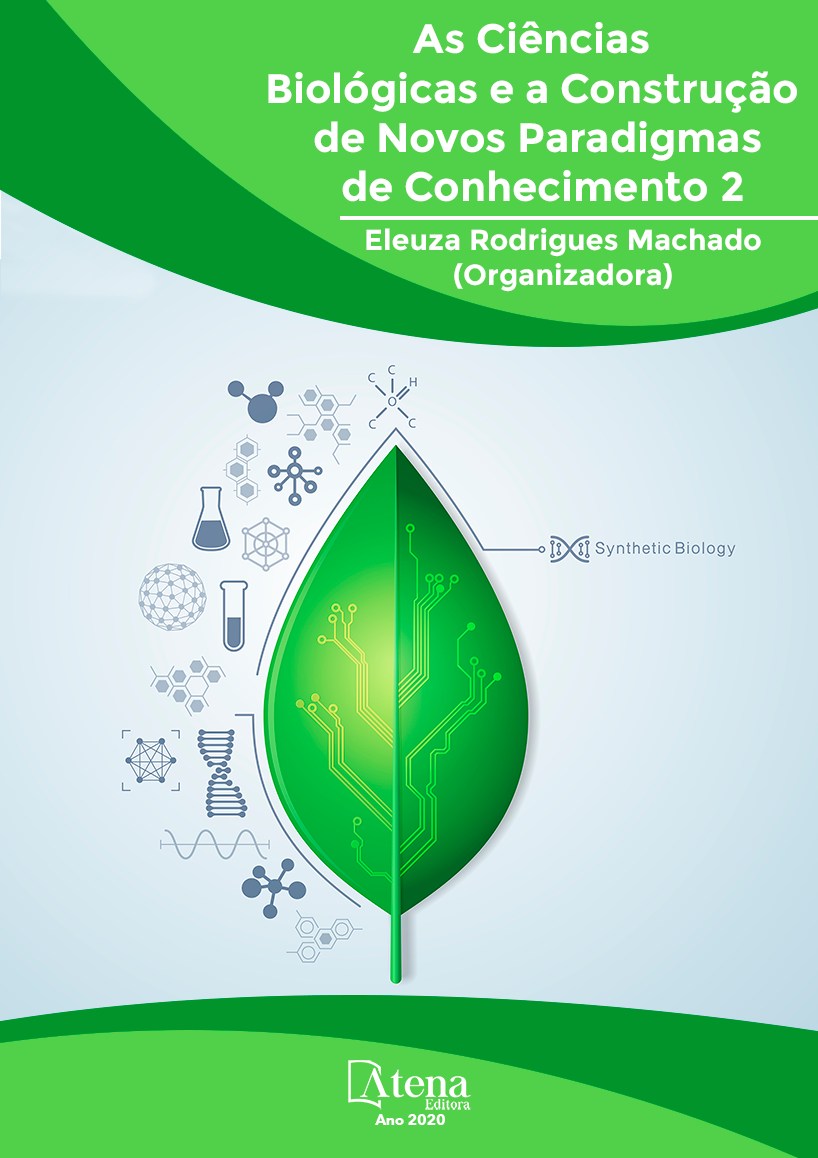
INIBIÇÃO DE BACTÉRIAS PATOGÊNICAS POR EXTRATO CONTENDO PRODUTOS DO METABOLISMO DE Lactobacillus reuteri E APLICAÇÃO EM IOGURTE
Lactobacillus reuteri é capaz de
inibir bactérias patogênicas, com a ação
atribuída a diferentes mecanismos, como a
produção de ácido lático e reuterina. O objetivo
deste estudo foi verificar a ação inibitória dos
metabólitos produzidos por L. reuteri LR 92
sobre o crescimento in vitro de Escherichia coli,
Salmonella spp e Staphylococcus aureus. Além
disso, avaliar a capacidade inibitória destes metabólitos contra S. aureus em iogurte
natural após 24 h de armazenamento refrigerado. Foram utilizados dois tratamentos:
extrato bruto (EB) e extrato concentrado (EC), obtidos através da fermentação de L.
reuteri em caldo MRS, sob anaerobiose com 200 mM de glicerol. Análises de reuterina,
pH e a acidez titulável foram realizadas. Os ensaios de inibição foram realizados por
difusão em ágar BHI pela técnica de poços. No ensaio de difusão em ágar, o tratamento
EB não apresentou halos de inibição contra as bactérias patogênicas testadas. Em
contraste, os resultados do tratamento EC mostraram diâmetros da zona de inibição
de 18,7±0,6 mm, 21,0±1,0 mm e 19,3±1,2 mm para E. coli, Salmonella spp. e S.
aureus, respectivamente. A quantificação de reuterina foi 0,23±0,03 mM e 2,76±0,30
mM para EB e EC, respectivamente. A acidez titulável foi de 2,00±0,10% para EB
e 11,45±0,21% para EC. Os valores de pH foram 4,16±0,10 e 4,51±0,09 para EB e
EC, respectivamente. Na análise de capacidade inibitória em iogurte, a viabilidade do
patógeno foi determinada no tempo 0 e 24 h de armazenamento a 4 °C e os ensaios
foram feitos com 2 tratamentos: EC e controle (caldo MRS). Houve redução significativa
na viabilidade de S. aureus no tratamento EC comparado ao controle, com diminuição
de 0,86 log UFC/mL. Portanto, o extrato obtido pode ter uma atividade antimicrobiana
quando concentrado, tanto in vitro como quando aplicado em iogurte natural.
INIBIÇÃO DE BACTÉRIAS PATOGÊNICAS POR EXTRATO CONTENDO PRODUTOS DO METABOLISMO DE Lactobacillus reuteri E APLICAÇÃO EM IOGURTE
-
DOI: 10.22533/at.ed.1022005034
-
Palavras-chave: Bactéria ácido-láctica; difusão em ágar; inibição de patógeno; microrganismo patogênico; reuterina.
-
Keywords: Lactic acid bacteria; agar diffusion; pathogen inhibition; pathogenic microorganism; reuterin.
-
Abstract:
Lactobacillus reuteri can inhibit pathogenic bacteria, with its action
attributed to different mechanisms, such as the production of lactic acid and reuterin.
The objective of this study was to verify the inhibitory action of metabolites produced
by L. reuteri LR 92 on the in vitro growth of Escherichia coli, Salmonella spp and
Staphylococcus aureus. In addition, to evaluate the inhibitory capacity of these
metabolites against S. aureus in natural yogurt after 24 h of refrigerated storage. Two
treatments were used: crude extract (EB) and concentrated extract (EC), obtained by
fermentation of L. reuteri in MRS broth, under anaerobiosis with 200 mM glycerol.
Reuterin, pH and titratable acidity analysis were performed. Inhibition assays were
performed by well diffusion using agar BHI. In the agar diffusion assay, the EB treatment
showed no inhibition halos against the pathogenic bacteria tested. In contrast, EC
treatment results showed inhibition zone diameters of 18.7±0.6 mm, 21.0±1.0 mm and
19.3±1.2 mm for E. coli, Salmonella spp. and S. aureus, respectively. The reuterin
quantification was 0.23±0.03 mM and 2.76±0.30 mM for EB and EC, respectively. The
titratable acidity was 2.00±0.10% for EB and 11.45±0.21% for EC. The pH values were
4.16±0.10 and 4.51±0.09 for EB and EC, respectively. In the inhibitory capacity assay
in yogurt, the pathogen viability was determined at time 0 and 24h after storage at 4 °C
and the tests were conducted with 2 treatments: EC and control (MRS broth). There
was a significant reduction in S. aureus viability with the EC treatment compared to the
control, with a decrease of 0.86 log CFU/mL. Therefore, the extract developed may
have antimicrobial activity when concentrated, both in vitro and when applied to natural
yogurt.
-
Número de páginas: 12
- Sandra Garcia
- Adriana Aparecida Bosso Tomal
- Débora Pinhatari Ferreira
- Rayssa da Rocha Amancio
- Juliana Morilha Basso
- Fernanda Silva Farinazzo
- Maria Thereza Carlos Fernandes
- Carolina Saori Ishii Mauro
- Diana Melina Jované Garuz


